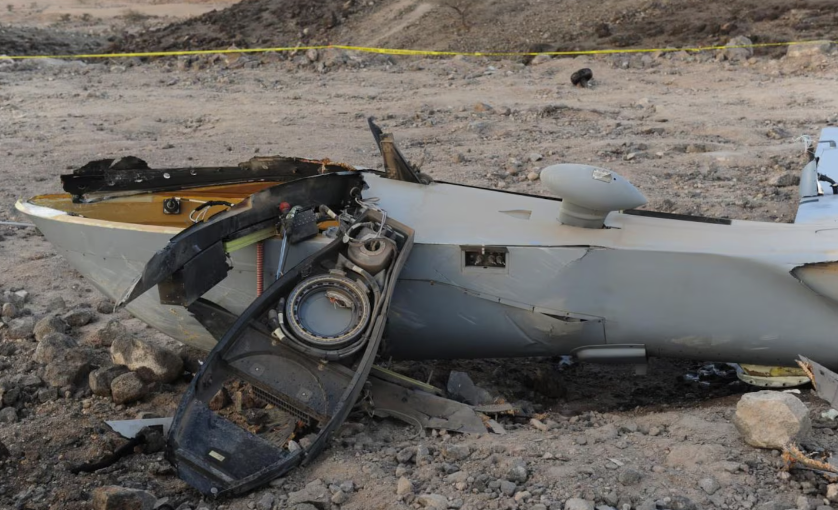
Introduction
The dawn of Unmanned Aerial Systems (UAS) promised revolutionary changes in the world of combat, championing technology as a shield against human risk. Today, UAS dominate the skies in combat zones, clocking in tens of thousands of hours every month compared to the minuscule hours of manned aircraft. But, as these unmanned systems take the forefront, there’s a looming question – Why do UAS crash so much?
The Game-Changing Role of UAS
Manned aircraft, while indispensable, are outperformed by the sheer volume and versatility of UAS. Tasks like developing target patterns through continuous surveillance, which require immense flight hours, become feasible only through UAS. A single UAS site can achieve 900 flight hours monthly, an effort that would require tenfold manpower if executed by manned aircraft. The primary allure? Reducing costs and human risk. But are we truly minimizing human danger?
The Grim Reality of UAS Failures
UAS have gained notoriety for an unsettling reason—they boast the highest incident rate of all aviation categories worldwide. While my personal observations align with this, concrete data on recent developments is scarce.
However, a 2015 Washington Post report noted, ‘Reliability has long been the the Achilles’ heel of drones. Although they malfunction less often than they used to, they still crash at a higher rate than other military aircraft.
Every failure isn’t just a technological glitch; it’s an emergency. Whether a UAS crash-lands or undergoes a controlled landing after an engine failure, its recovery becomes paramount. In U.S operational areas, this means sending 5-10 soldiers into hostile territories, sometimes 70 miles away from base. It’s ironic and tragic; the very systems meant to reduce human exposure on the battlefield could inadvertently increase it.
Unraveling the Causes of UAS Failures
While several culprits contribute to UAS crashes, a few stand out:
- GPS Interference: UAS are highly susceptible to GPS jamming and spoofing, and unfortunately, not all operators are trained or equipped to respond effectively.
- Engine Failures: These are the silent saboteurs. What’s more alarming is the hefty price tag on these engines, often exceeding $40,000, with no commitment from manufacturers on their longevity.
- User Errors: A system is only as good as its operator. Simple oversights, like underfueling or not responding to GPS interference, lead to costly crashes.
- Other Component Failures: From faulty sensors, power failures, communications link losses, to malfunctioning systems, these mishaps have one thing in common – they’re somewhat preventable with rigorous quality control.
The Financial Abyss & Call for Accountability
If the high-risk stakes aren’t enough, the financial aspects are staggering. Take any ordinary component, slap “UAS” in front of its name, and its cost skyrockets. Why are governments being charged astronomical sums for UAS support, especially when the delivered reliability is underwhelming? The prices should inherently assure quality, but the ground reality paints a different picture. It’s high time manufacturers, service providers, and component developers are held accountable for their offerings.
Moving Forward: A Plea for Change
For an industry pivoting around reducing human risk, current UAS practices do the opposite. We can and must demand better:
- Training: Equip operators and Field Service Representatives (FSRs) with knowledge and skills tailored for high-stress, real-world combat environments.
- Rigorous Testing: Manufacturers must enforce stricter quality checks, ensuring their systems withstand the rigors of combat zones.
- Collaboration: A symbiotic relationship between military stakeholders and manufacturers is crucial. Their combined insights can birth robust, fail-proof UAS.
- Third-party Oversight: Perhaps it’s time to introduce neutral, third-party evaluations and R&D to hold the industry to its promises.
Conclusion
The UAS industry is at a crossroads. On one path lies continued risk, financial drain, and potential loss of trust. The other offers a chance to redefine combat technology, prioritizing human life and fiscal responsibility. The choice is clear. We owe it to our soldiers, our taxpayers, and the future of warfare to demand better. The time for change is now.

